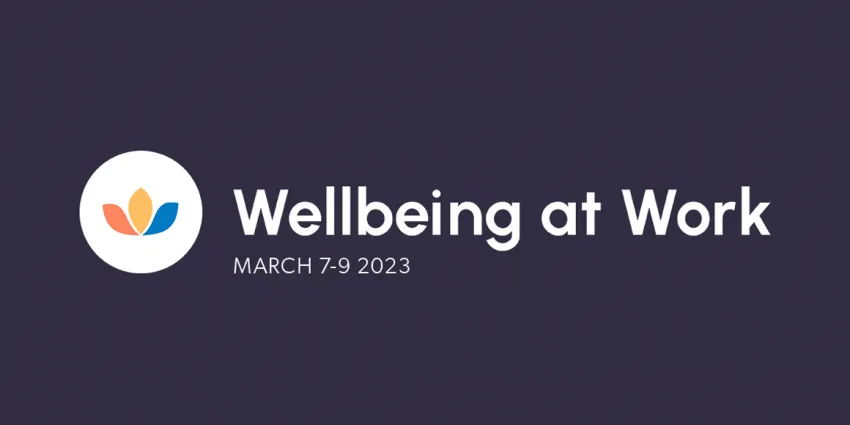



By: Sarah Ziemer, Senior Vice President, Employer Sales
As the newest member of MOBE’s leadership team, I was thrilled to join my colleague Jake Schauer at the Wellbeing at Work U.S. Summit at the Microsoft campus in Silicon Valley last week. We heard from a wide variety of human resources and employee benefits leaders as they shared what’s keeping them up at night, the solutions they’re finding value in, and the needs they still have. As key caretakers of employee health and well-being, HR and benefits leaders face a significant challenge: alleviating a record number of stressors affecting their workforce while also managing increased costs.
Personalized, holistic health programs with impressive engagement were referred to as “must-haves” as benefits leaders reexamine investments made during the pandemic to retain and attract talent and lower health costs. Many leaders said the need to identify and verify which resources are getting results has intensified and more have been encouraged to consolidate or eliminate underperforming tools. At MOBE, we recognize the importance of substantiating results as shown in our latest proof of outcomes report, which includes takeaways from real users like Carol:
“About four months into MOBE, I realized how much better I was doing. I was sleeping better. I was more engaged at work. I’ve learned that well-being is a journey, and the more well you are, the more resilient you can be. I am essentially recovering from my burnout.”
—Carol, MOBE participant
Employee burnout rose to the top as one of the most pressing problems facing attendees. According to Gallup’s 2022 State of the Workplace Report, employees who consistently experience high levels of burnout are 23% more likely to visit the emergency room, and they say their jobs make it difficult to fulfill their family responsibilities. The summit called burnout a “human energy crisis” and pointed to needed solutions including mental health initiatives that connect employees with quick access to therapy and coaching, as well as tools to delineate home and work time.
Speakers and contributors also highlighted the need for culturally competent benefits programs that address health equity. I was pleased to hear this emphasized as a requirement for so many, as the more we know about a person and what they’re experiencing in and outside of work, the more we can do to help them become healthier, happier individuals. We know that health-related behaviors, socioeconomic factors, and environmental factors–otherwise referred to as Social Determinants of Health–drive 80% of a person’s health outcomes. And when someone is struggling with burnout or dealing with multiple SDOH risk factors, we’ve seen one-to-one guidance make an incredible difference.
When MOBE Guides and Pharmacists talk weekly with participants, 60% report improved mental well-being, and our engagement rates are 5x the industry standard. (We see even higher rates of engagement, retention, and satisfaction with participants dealing with multiple SDOH risk factors.) MOBE’s strength lies in our ability to address all aspects of a person’s well-being—physical and mental in tandem—using the power of human connection.
Although we spent only a single day discussing some of the biggest issues facing the workforce, I left the conference feeling hopeful after meeting so many dedicated, compassionate leaders who truly care about the health and well-being of their employees. Committing ourselves to combatting this crisis will require an innovative, people-first approach, but it’s sure to result in a happier, healthier, and more balanced workforce.